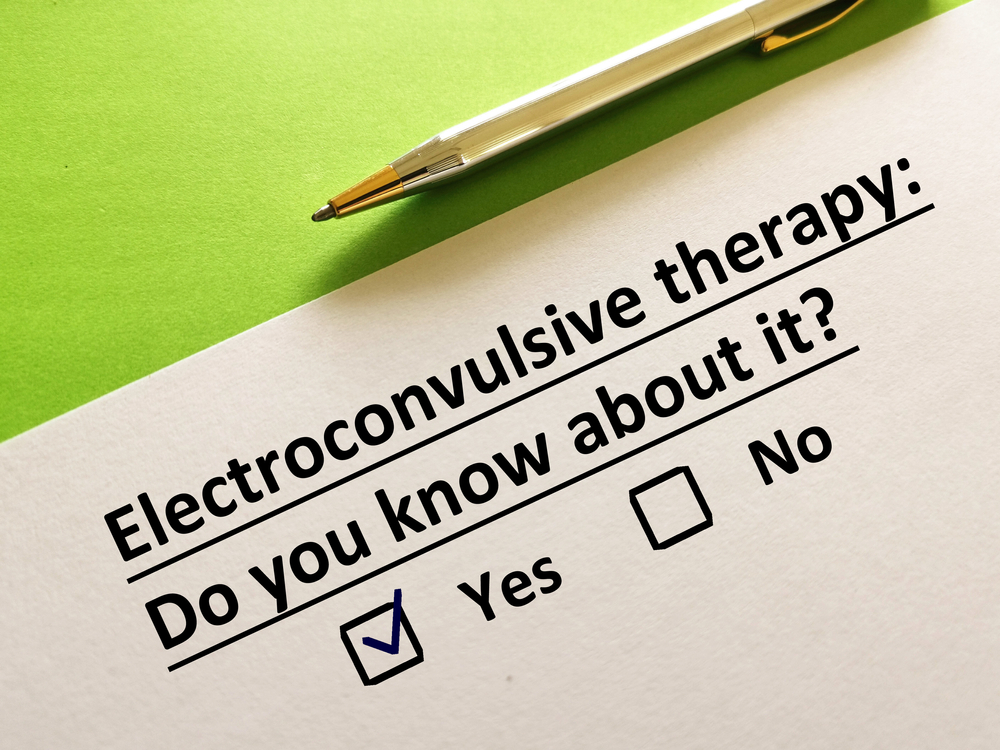Electroconvulsive therapy (ECT) is a treatment that intentionally triggers a quick seizure in the brain using tiny electrical impulses. Additionally, this therapy, usually done under anesthesia, tends to induce changes in the brain’s physiology that can cure the effects of some mental health problems efficiently.


